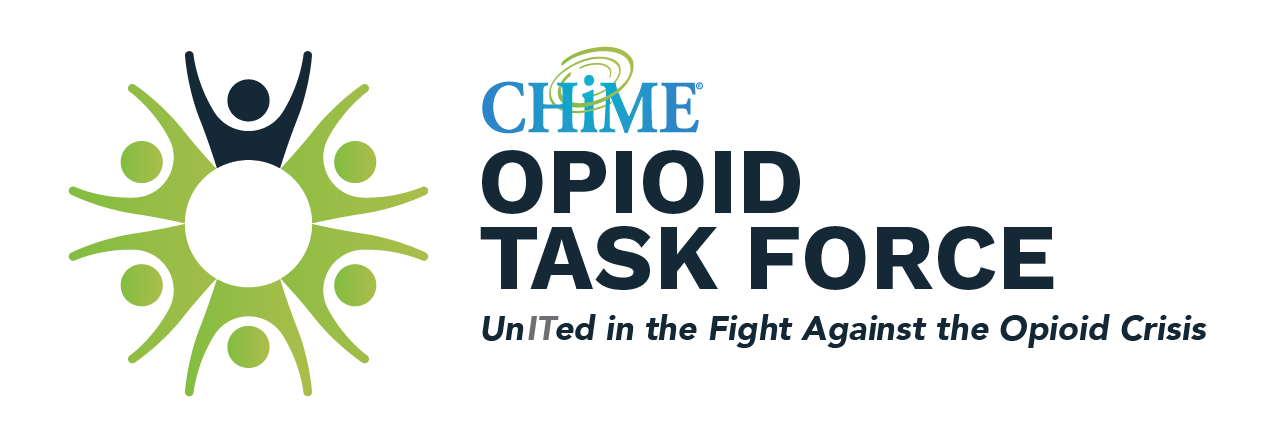Order Set Maintenance
“If an option is designated as the ‘default,’ it will attract a large market share. Default options thus act as powerful nudges.”
Richard Thaler, Nobel Laureate, Economics
The power of the “default option” is such an influential factor in decision making that Richard Thaler was awarded the Nobel Prize for Economics in recognition of his studies of the phenomenon. Every day, in thousands of health systems around the world, doctors are presented with palettes of default options for what to prescribe, who to refer a patient to, and various other decisions. We call these pre-established defaults “Order Sets.” And as Richard Thaler’s work points out, they play an influential role in the adoption of best practices.
Of all the interventions taken on at organizations with a successful opioid stewardship program, order set maintenance is probably the most common and the most powerful. That is because the options presented on these powerful decision-enabling tools carry the tremendously important responsibility of matching our medical best practices. However, as our understanding of the opioid crisis progressed, our best practices changed rapidly, and often the order set defaults did not keep pace.
During the early phases of a successful opioid stewardship program, the committee should start to establish what the best medical practices should be in various clinical scenarios. One way to go about this is to look at the commonly used order sets and re-evaluate whether they match the way that the medical leaders of those service lines hope to standardize care. This is the beginning step of a thorough order set review process.
Key Recommendation: Technology Leaders in the Opioid Stewardship Committee need to offer order set review as a key subproject of the overall team’s mission
Care Pathways
Care pathways are more than just order set . Truly caring for the patient requires more than adjusting orders on how to medicate them (or not). It requires a comprehensive approach, complete with diagnostic and multimodal treatment protocols, expectation setting, education, communication, pre- and after-care planning, coordination of care between facilities, care providers and other experts. Care pathway protocols can be different in different institutions, but often include many of the components listed below.
What resources and special skills will it require? Who should be included? Ownership and involvement can vary by institution, but there are several major themes. First and foremost, at the leadership level, an Opioid Stewardship Committee (or similar organizational body) often sets policy and guidance on care pathway implementation and compliance (see chapter 1). IT and clinical informatics teams often play a vital role in driving implementation and adoption. Clinical leadership and subject matter experts (such as department chiefs or pain management specialists) also play a pivotal role. Ultimately, most clinicians and support staff are affected by care pathways, so buy-in by all these stakeholders is necessary. The aspects of care pathways directly leverage IT interventions to affect the greatest impact require human resources and skillsets to perform order set revision and maintenance, install and maintain clinical decision support, enable provider and patient engagement tools, and integrate workflows with EHR’s, eRx modules, prescription drug monitoring programs, and other systems can be most beneficial.
Is there anything specific to opioids that needs to be considered? Care pathways are complex and involve multiple dimensions. First, there are considerations specific to treating patients in acute pain. Second, chronic pain patients have very different issues and care pathways (and these pathways differ depending on the expected course of the underlying etiology). For example, the approach to treating the end-stage cancer patient on palliative care is different from the patient being treated for residual back pain after a motor vehicle crash. Third, acute overdose patients require distinct care pathways. Fourth, identifying and treating patients with addiction to controlled substances may raise different considerations and require different pathways. Fifth, withdrawal from controlled substances is another concern and requires specific interventions and treatment pathways. Ultimately, all these pathways tie into a cycle of addiction that can occur with opioid treatments, and these pathways must be optimized to prevent or break this cycle.
Care providers must also recognize that in addition to prescribed medications, a major component of the opioid crisis stems from the use of illicit drugs, such as heroin, fentanyl and car-fentanyl. While this aspect of the opioid crisis is a major source of morbidity and mortality, it is often enabled by “gateway” drugs prescribed by healthcare providers. Aspects of the addiction cycle that IT interventions can directly affect include maximizing treatment of pain by minimizing over-prescribing.
